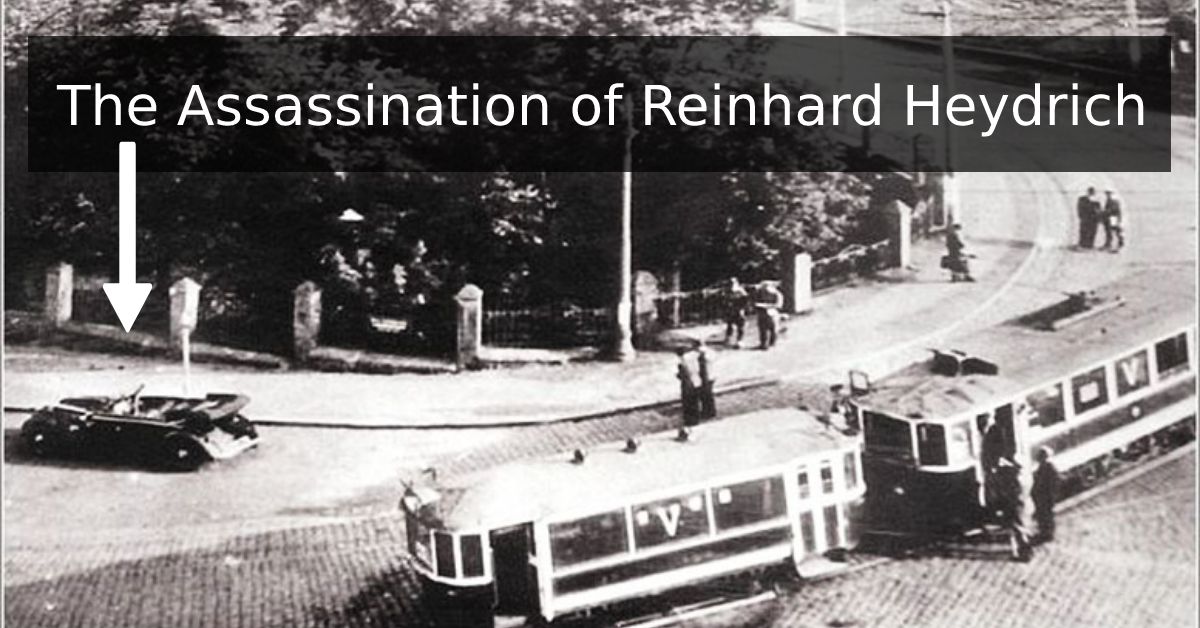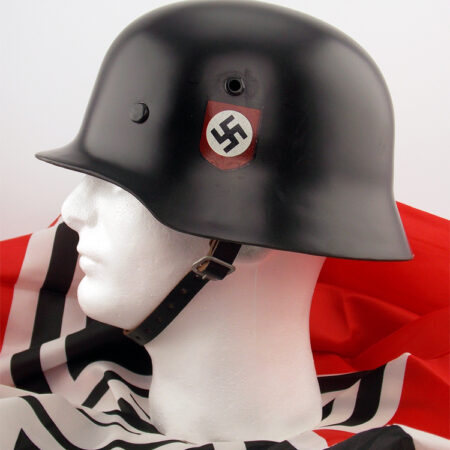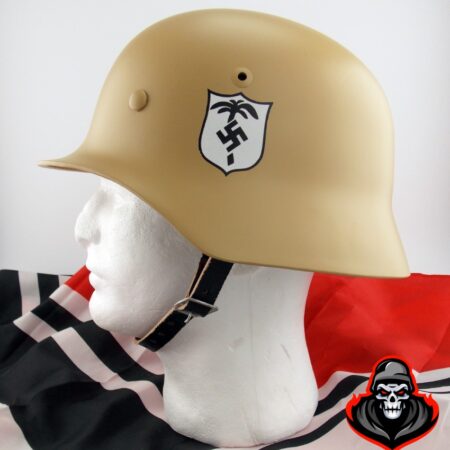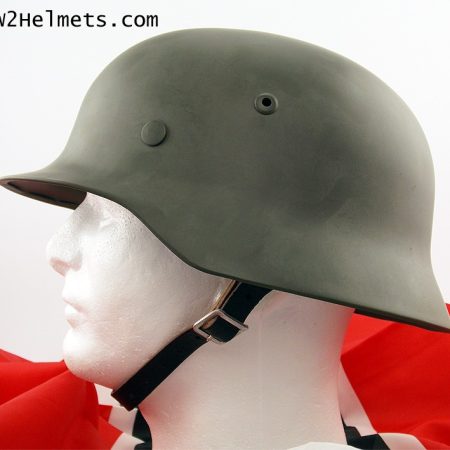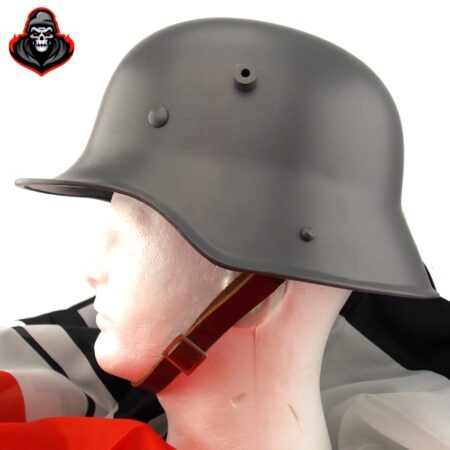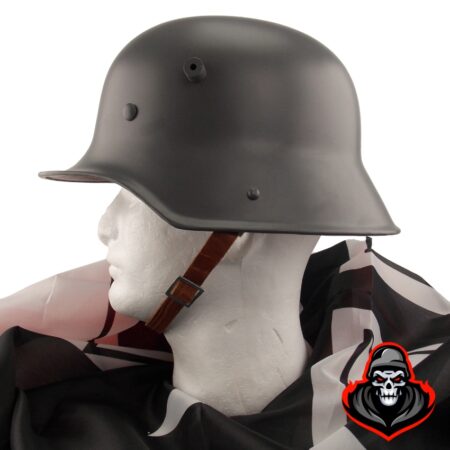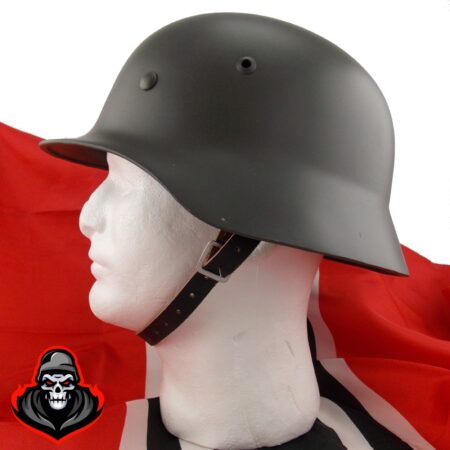During the course of the Second World War there were many attempts to assassinate both the head of the German Reich, Adolf Hitler, and several other leading members of the Nazi regime. For instance, at least three different assassination attempts were planned for when the German chancellor visited Poland in March 1943. Most famously, a plot was devised within the German army command to assassinate Hitler, and then murder Hermann Goring and Heinrich Himmler, in July 1944, as a preparatory step in overthrowing the Nazi government and ending the war. But all these attempts failed. The successful assassination of Reinhard Heydrich, the acting governor of the German Protectorate of Bohemia and Moravia (the modern day Czech Republic), on the 27th of May 1942 was different though. Heydrich was the only senior member of the Nazi leadership who was successfully assassinated during the Second World War.
Reinhard Heydrich was a horrific figure. Born in 1904, he joined the German navy when he was just eighteen years old, but was discharged in 1931 as a result of being involved with several women at one time. In the days that followed he joined the Nazi Party and then rose quickly through the SS, a paramilitary branch of the party. Once Hitler and the Nazis came to power he oversaw the German Security Service. After the war commenced he was directly responsible for the Einsatzgruppen, death squads who moved into conquered regions murdering hundreds of thousands of Communists, Jews, Romani people and other alleged enemies of the German state. Then, in January 1942, Heydrich chaired the Wannsee Conference at which the ‘Final Solution’, the Nazi plan for the genocide of Europe’s Jews was decided upon. Such was his brutality that Hitler himself once described Heydrich as ‘the man with the iron heart’.
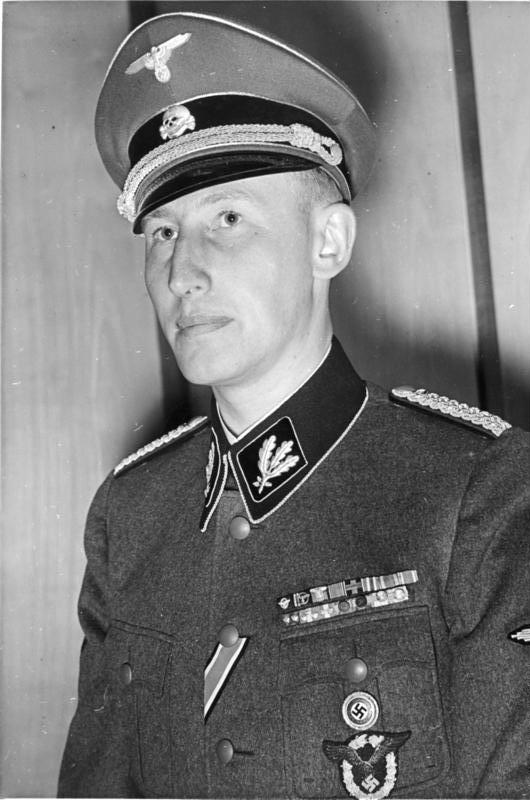
Heydrich was appointed as acting governor of Bohemia and Moravia in September 1941. He immediately set out his stall to Germanize the Czech region, crush any resistance movements there and set high production quotas, the region being an important producer of armaments and vehicles for the war effort. Within five days of his arrival in Prague he had executed 142 people through martial law and in the months that followed hundreds more were murdered, and thousands were imprisoned and sent to concentration camps where the great majority perished in the months and years ahead.
Given how vicious Heydrich’s regime was it is little surprise to find that it instantly engendered resistance in the Czechoslovak region. Indeed by the 3rd of October, just a week after Heydrich took up his position in Prague, the command of the Czech resistance in exile in Britain had taken a decision to assassinate the new acting governor of Bohemia and Moravia. It was determined to send two Czech resistance fighters who were also in England to Central Europe where they would assassinate Heydrich. Jozef Gabcik, a Slovak soldier, and Jan Kubis, a Czech, were selected for the mission.
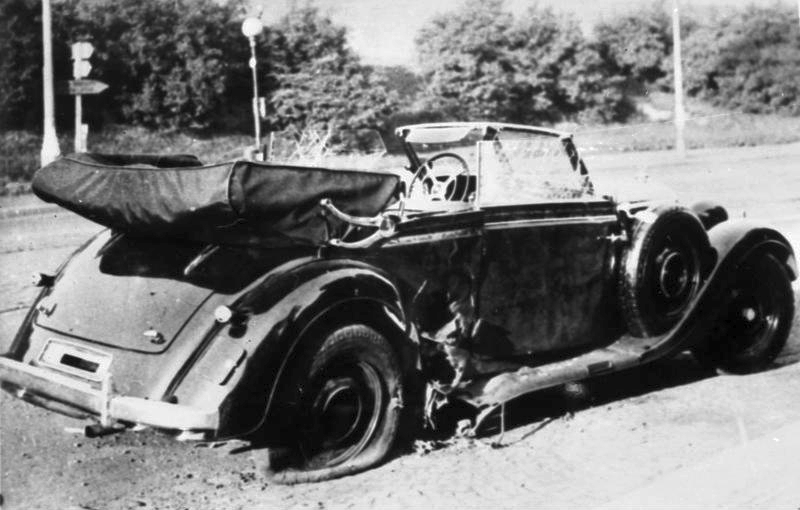
Getting them to the region of Bohemia and Moravia was a more complex matter. Land travel across Nazi-occupied Europe was not feasible. Accordingly, on the 28th of December 1941 a mission was undertaken to fly Gabcik and Kubis over the Czechoslovak region, where they would parachute down near the town of Pilsen. This was part of a combined flight to land seven other Czechoslovaks, though these would be carrying out different missions. On the 28th they flew over Bohemia and Moravia on a Halifax class plane of No. 138 Squadron RAF. Contrary to their original plan, Gabcik and Kubis parachuted out and landed in the Czech countryside to the east of Prague. They would spend the next five months living in hiding and plotting the assassination attempt.
Various schemes were devised by Gabcik and Kubis during the spring of 1942, but eventually they resolved to attack Heydrich while he was being driven on his daily commute from his home to the seat of government in Prague Castle. The day selected was the 27th of May. On that morning Heydrich set off from his house at 10.30am in a car driven by his driver, Johannes Klein. Gabcik and Kubis were lying in wait near a tight curve on the road which had been chosen as the car would be forced to slow down considerably here. As the car approached and slowed Gabcik closed on it and attempted to shoot Heydrich in the convertible car he was the passenger in. However, Gabcik’s machine-gun jammed.
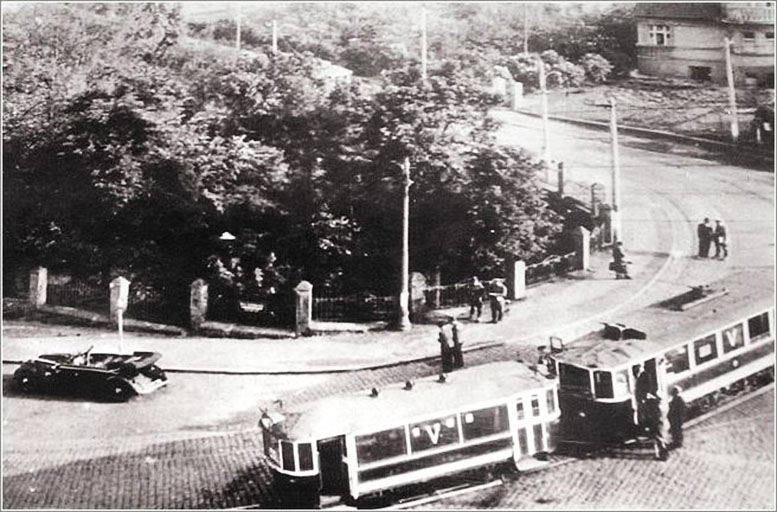
Heydrich might have escaped at this time if he and Klein had simply sped off in the car, but instead the governor commanded his chauffeur to slow down and he reached for his Luger pistol with the intention of killing Gabcik. This delay allowed Kubis, who had been in hiding by the roadside, to burst forth and throw a modified anti-tank grenade at the car. It bounced against the rear wheel of the vehicle, but the blast a few moments later was ultimately enough. Parts of the car ripped into Heydrich as the explosive detonated and he was seriously wounded in his diaphragm, spleen, ribs and lung.
Though severely wounded, a shoot-out followed, in which Klein, the driver, was shot, Heydrich having collapsed by the roadside in the midst of this. Gabcik and Kubis fled, believing the assassination attempt had probably failed. The acting governor was still alive, though in bad shape. He was taken to the Bulovka Hospital in Prague where a splenectomy was performed, and indeed in the days that followed his condition seemed to be improving, but on the 3rd of June Heydrich fell into a coma and died later that day, most likely from blood poisoning or sepsis.
The reprisals for Heydrich’s assassination in the days and weeks that followed were brutal. More than 13,000 people were arrested. Perhaps most horrific was a massacre which was carried out at the village of Lidice, some twenty kilometres northwest of Prague. Nazi intelligence had falsely linked the assassins to the village. As a result on the 9th of June 1942 thousands of German troops entered the region and massacred nearly 200 civilians, while hundreds of women and children from Lidice were sent to the concentration camps, where most of them perished in the years ahead.
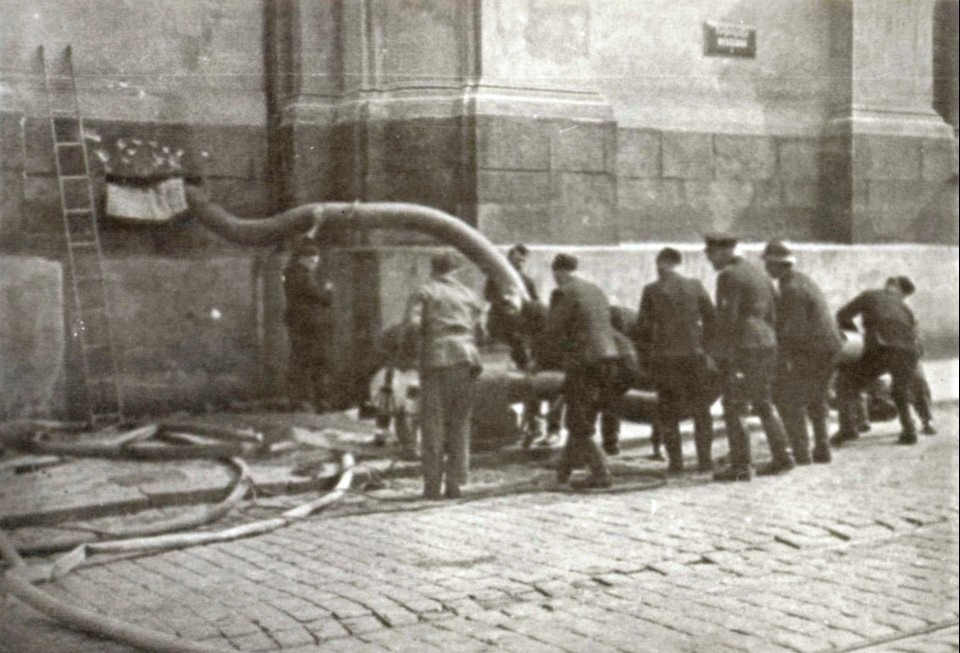
Gabcik and Kubis were eventually hunted down as well. In the days following the attack on Heydrich they had found refuge with Czech resistance fighters, but a huge investigation and manhunt by the Nazi regime eventually located them on the 18th of June 1942 in the St Cyril and St Methodius Church in Prague, along with a group of resistance fighters. A six hour gun battle ensued, in which fourteen Germans were killed and a further twenty-one were wounded before the Church was secured. Gabcik and most of the others committed suicide before they could be taken alive, but Kubis had been wounded by a grenade and was unable to kill himself. However, he died shortly after being captured from his wounds. Further recriminations followed against the local population in the weeks that followed. Thus, the assassination attempt on Heydrich on the 27th of May 1942 was ultimately successful, but the cost afterwards was very high indeed for the Czechoslovak people.

